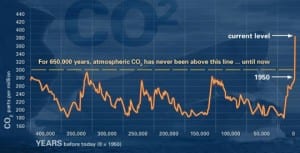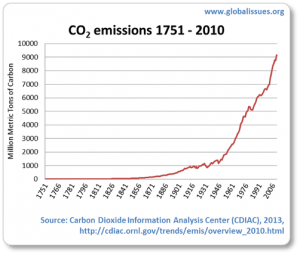I wanted to focus on going green and Global warming as these are two of the main issues that are facing us in the year 2017. The fact that the earth’s temperature is raising at an alarming rate over the last 50 years and the fact the earths population is rising just as fast meaning more resources are needed and thus creating more problems for the planet.
Q: What is global warming?
A: Here’s a simple definition of global warming. (And yes, it’s really happening.) Over the past 50 years, the average global temperature has increased at the fastest rate in recorded history. And experts see the trend is accelerating: All but one of the 16 hottest years in NASA’s 134-year record have occurred since 2000.
Climate change deniers have argued that there has been a “pause” or a “slowdown” in rising global temperatures, but several recent studies, including a 2015 paper published in the journal Science, have disproved this claim. And scientists say that unless we curb global-warming emissions, average U.S. temperatures could increase by up to 10 degrees Fahrenheit over the next century.
Q: What causes global warming?
A: Global warming occurs when carbon dioxide (CO2) and other air pollutants and greenhouse gasses collect in the atmosphere and absorb sunlight and solar radiation that have bounced off the earth’s surface. Normally, this radiation would escape into space—but these pollutants, which can last for years to centuries in the atmosphere, trap the heat and cause the planet to get hotter. That’s what’s known as the greenhouse effect.
In the United States, the burning of fossil fuels to make electricity is the largest source of heat-trapping pollution, producing about two billion tons of CO2 every year. Coal-burning power plants are by far the biggest polluters. The country’s second-largest source of carbon pollution is the transportation sector, which generates about 1.7 billion tons of CO2 emissions a year.
Curbing dangerous climate change requires very deep cuts in emissions, as well as the use of alternatives to fossil fuels worldwide. The good news is that we’ve started a turnaround: CO2 emissions in the United States actually decreased from 2005 to 2014, thanks in part to new, energy-efficient technology and the use of cleaner fuels. And scientists continue to develop new ways to modernize power plants, generate cleaner electricity, and burn less gasoline while we drive. The challenge is to be sure these solutions are put to use and widely adopted.
So therefore we should think more thoughtfully towards the way that we live and the way that we consume things that help speed up the effects of global warming.


Leave a comment